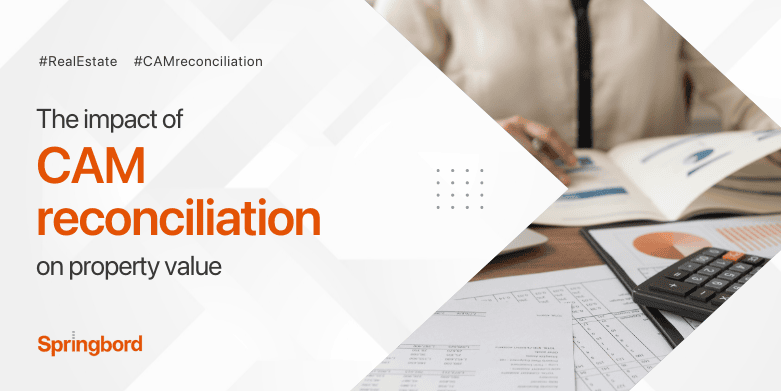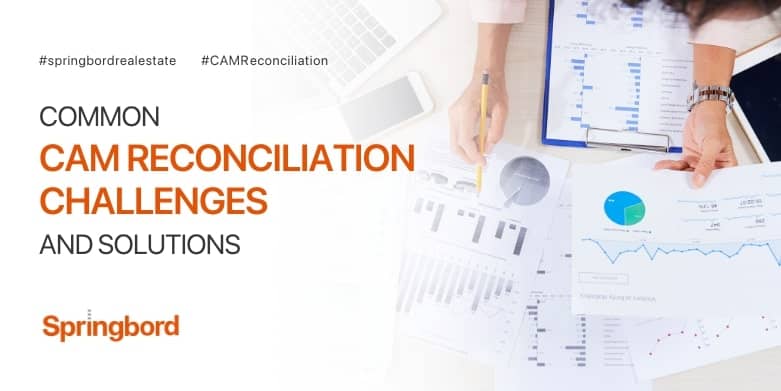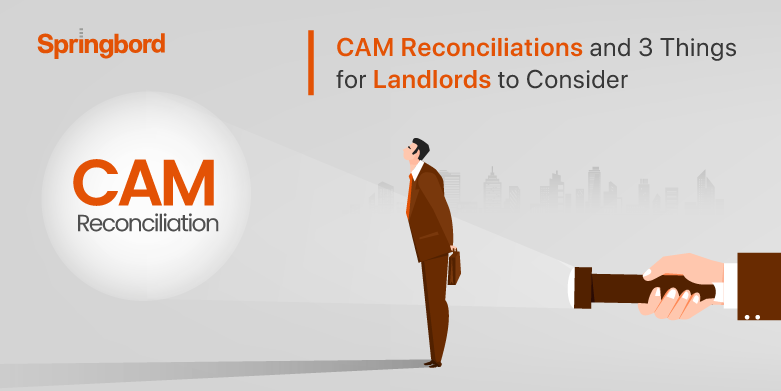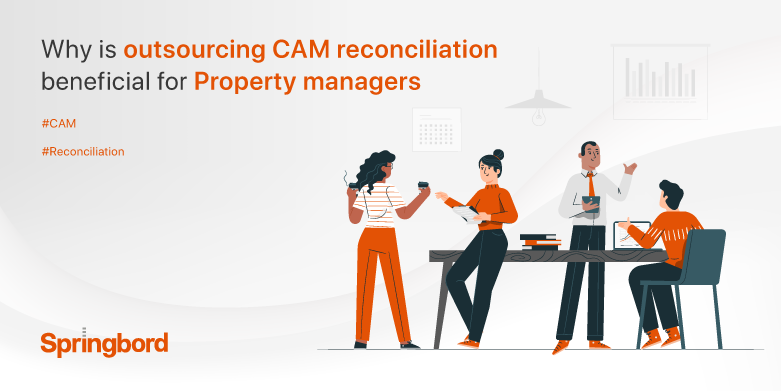M
E
N
U
The reconciliation of CAM expenses is crucial to the financial landscape of commercial properties. The impact of CAM reconciliation on property value must be balanced. CAM reconciliation, the process of balancing common area maintenance charges, has the potential to have a significant impact on a property’s value. Property owners, investors, and tenants must understand CAM
As a leading service provider in the real estate industry, Springbord understands the importance of CAM (Common Area Maintenance) reconciliation for property owners and managers. CAM charges are a vital aspect of commercial leases that can significantly impact the financial performance of a property. However, the process of reconciling these charges can be complex, and
CAM (Common Area Maintenance) reconciliation is an important process for commercial property landlords and tenants to understand. It involves comparing the actual expenses incurred for maintaining and operating a property during a specific period, known as the “current year,” to the expenses that were budgeted for that period, known as the “base year.” The difference
Technology has been rapidly advancing in recent years, and it has had a profound impact on various industries, including the property management industry. One area where technology has made a significant impact is in the CAM (Common Area Maintenance) reconciliation process. The CAM reconciliation process is a critical aspect of property management as it involves
Common Area Maintenance (CAM) charges are fees that commercial tenants pay in addition to their base rent to cover the costs of maintaining common areas of a building, such as lobbies, elevators, and restrooms. These charges are often found in multi-tenant commercial properties, such as shopping centers, office buildings, and industrial parks. As a commercial
“Common Area Maintenance” (or “CAM”) is used in the property management industry to refer to fixes and upkeep that affect both the building and its residents. Expenses for shared areas in mixed-use buildings should be taken into account. In addition to homes and maybe even workplaces, these projects might provide retail, dining, and leisure options.
The real estate industry often uses jargon like NNN, pro-rata, CAM and so much more. If you are leasing your property or investing in a property, you would have definitely heard of the term CAM. Not sure of what CAM actually is? Let us now get to know its definition. CAM (Common Area Maintenance) Common
At the end of the year as the CAM fee is calculated the landlords usually end up in a confused state wondering if the tenants still owe them for certain charges, has the calculations have been done accurately, or do they owe the tenants instead. CAM is a common area utility fee that every property
CAM reconciliation in itself may not sound like a lot of work but keeping it organized is a little more complicated than it seems. The CAM charges differ from property to property, hence, there is no way to determine the charges and put out a specific rule on how they should be charged. The year-end
Common area maintenance (CAM) reconciliation is an annual process that forms an integral part of any commercial lease administration. It is critical for property managers, who are tasked with handling this task, to understand how the process progresses through the year and have clear visibility into the relevant data. CAM reconciliation is a complex, time-consuming











